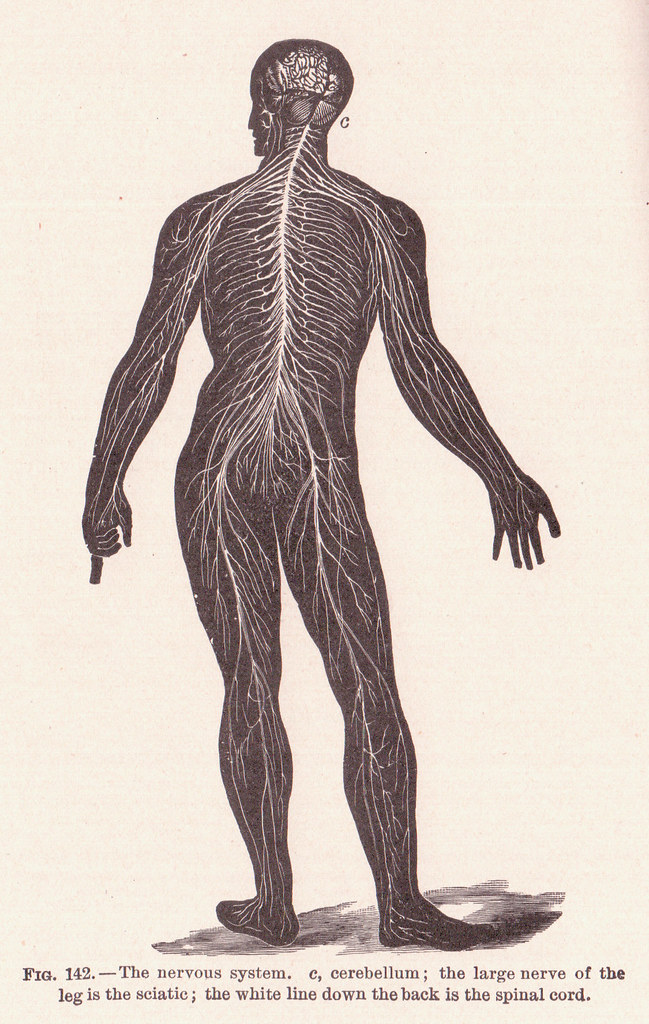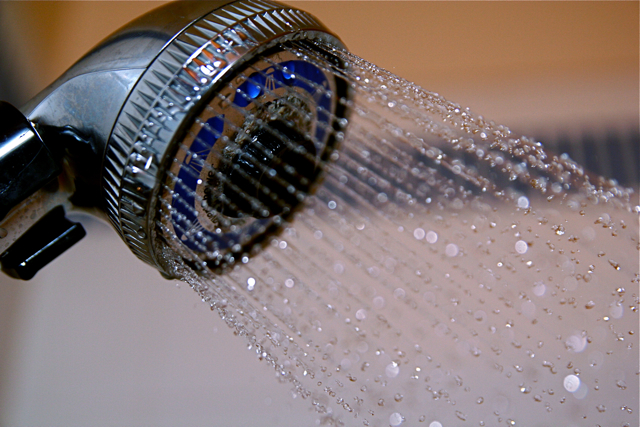Energy From the sun
The sun is where we get our energy. The energy gets smaller every time something eats.
I didn't know much about the subject before we started. Now I know that eating plants and meat is the better diet chose because you get a more balanced diet. We have a process which goes plant ,animal ,us. This is because the plant is where the energy goes then the cow or another animal eats that then we eat the cow or the plant as simple as that. So that is some of what I learned.
I liked this because I got to learn about how food is really needed by us humans. I love how we got to see the website on it it really help me understand this subject.I thought it was weird how the sun only gives half a billionth of sun energy to the earth . I thought there was more sun energy. This is why I liked it so much.

I liked this because I got to learn about how food is really needed by us humans. I love how we got to see the website on it it really help me understand this subject.I thought it was weird how the sun only gives half a billionth of sun energy to the earth . I thought there was more sun energy. This is why I liked it so much.







